BricsCAD: Managing Templates from AutoCAD in BricsCAD
One of the primary objectives when migrating from software you have trusted for many years to a new platform is to make sure that the defaults and settings you have built around using that software are transferred to the new environment. In an AutoCAD to BricsCAD implementation, the first place to start is template migration. Migrating the template in all actuality is easy, but there are tools and settings around template management that you must be aware of.
Open the template in BricsCAD. This is easily done by opening BricsCAD. The BricsCAD Launcher appears, showing you your choice of products to open. The image below shows the launcher displaying options for opening 2D Drafting, 3D Modeling, Mechanical Design, and BIM, which are products installed on my system. To proceed, let’s click the option for 2D Drafting.
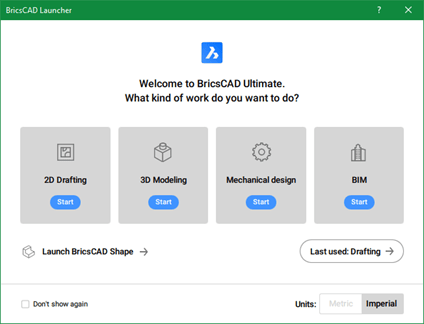
BricsCAD opens by displaying the Home tab, which is similar to the AutoCAD Start tab in that it displays your most recently used documents and links to learning resources and application plugins. In this exercise, we will be opening our AutoCAD template to explore its settings using BricsCAD tools. Let’s click Open Drawing to continue.
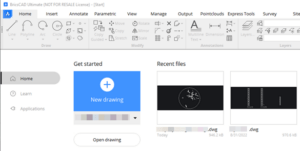
In the Open File dialog, browse to your template location. At the bottom of the dialog, change the Files of Type setting to Template Format (*.dwt), select your template file, and click Open.
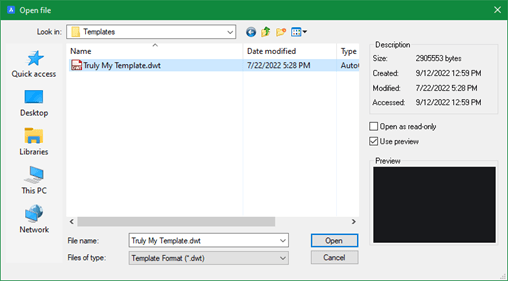
Layers
To check out your layer list, you could type LA at the command line. This will display the Layers panel docked at the right side of the screen.
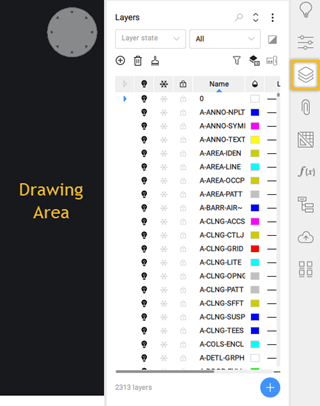
This panel can also be displayed by clicking the layer icon on the tool panel list to the right edge of the screen.
Blocks
You can explore the blocks in your template by opening Drawing Explorer from the Manage tab of the ribbon:
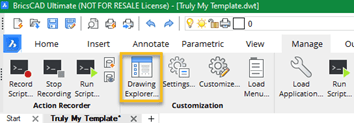
In Drawing Explorer, click on the Blocks section in the left pane. To the right of the left pane, the blocks will be listed with all of their defined properties, the number of times they have been inserted in the current drawing, and the insertion base point location of where they have been inserted. These properties are editable in this window. The option to purge and insert are available here on the top tool bar.
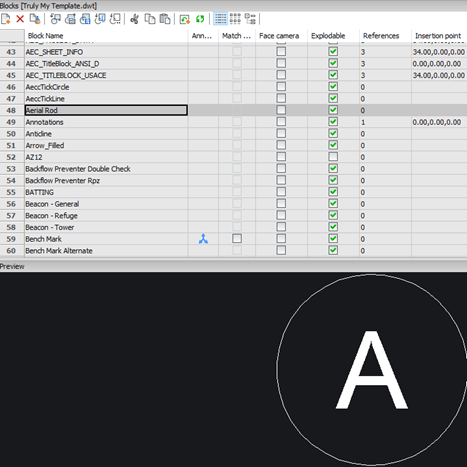
Annotation Styles
Multiline styles, multileader styles, text styles, dimension styles, and table styles can also be inspected and adjusted in the Drawing Explorer dialog.
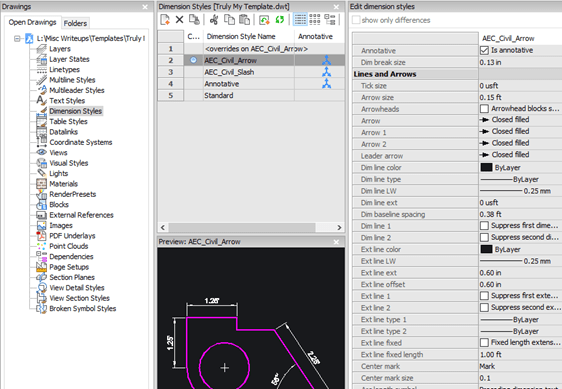
Template Paths
Template paths can be set in the Settings dialog, which can be opened from the Manage tab in the ribbon:
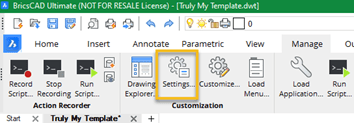
In the Search field, type “template path” and click the down arrow until you reach the Templates branch of the Program Options > Files section. There you can set the default template path and template for BricsCAD. Keep in mind that this is a Profile-based setting as it is in AutoCAD.
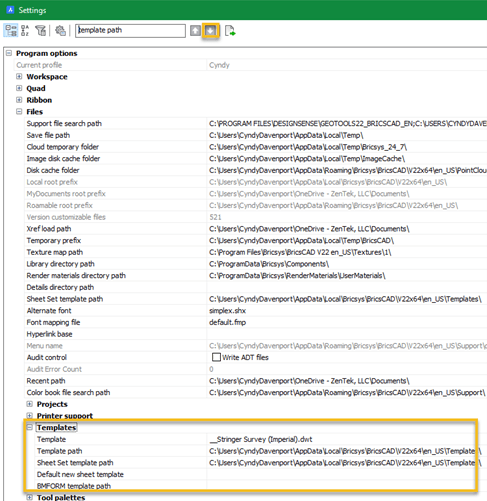
Bringing your AutoCAD templates into your BricsCAD environment is one of the first steps to take when implementing BricsCAD. Although the templates will make the trip without issue, it’s important to be familiar with the tools needed for managing standard content. Being able to continue building and enhancing your template files improve the experience of your CAD users and will ensure that all tools and standards are within their reach.
